Rats given a faecal transplant from exuberant toddlers showed more exploratory behaviour, supporting the idea that gut bacteria might affect children’s emotional development
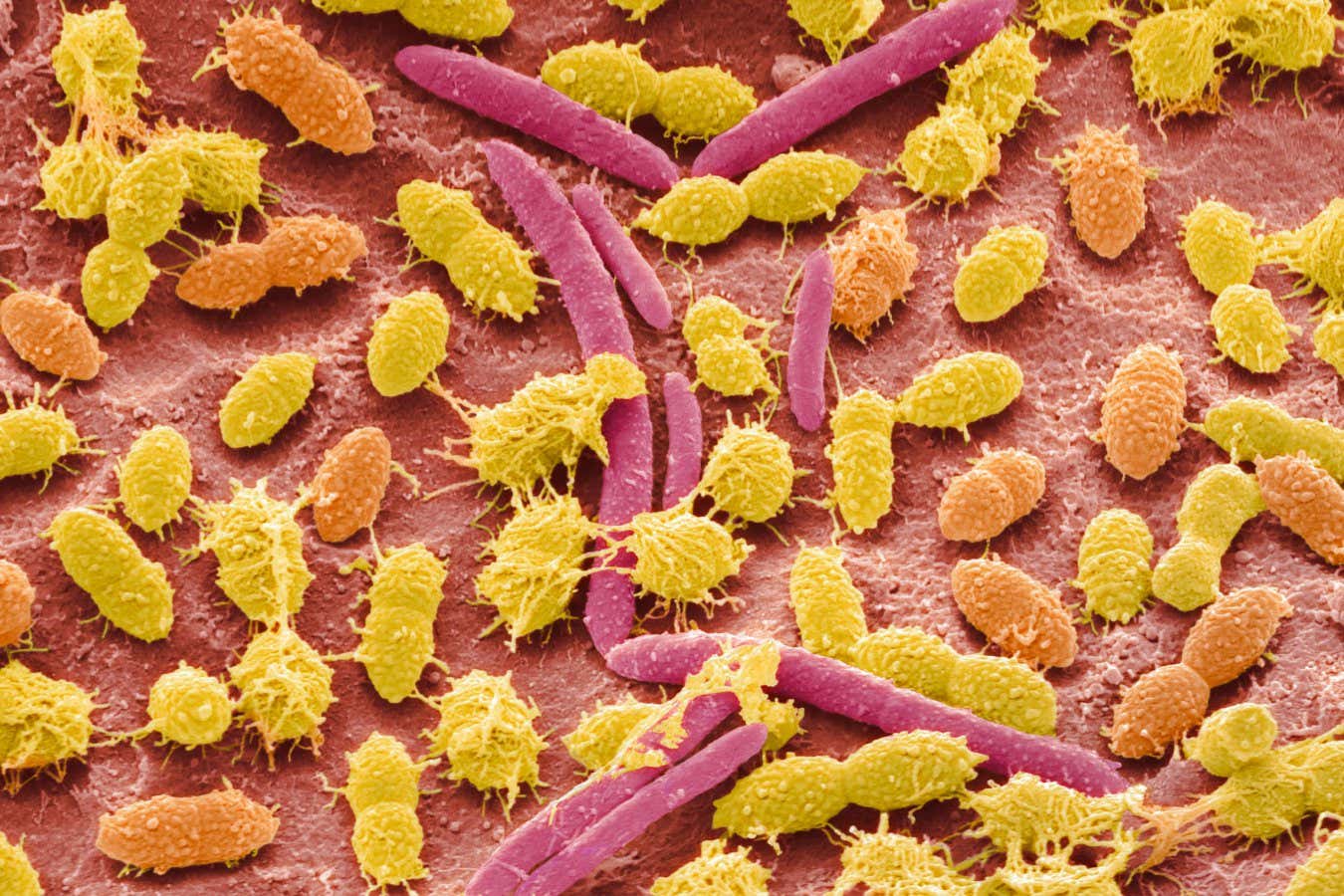

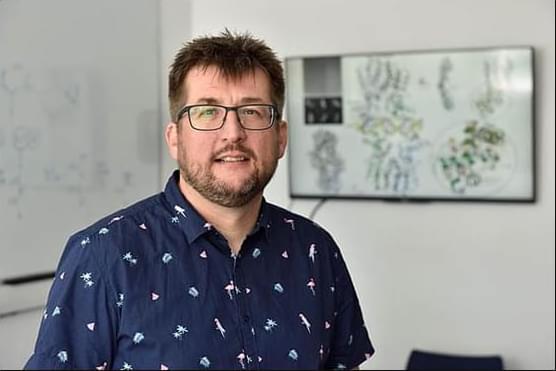
Chemists from the University of Warwick and Monash University have discovered a promising new antibiotic that shows activity against drug-resistant bacterial pathogens, including MRSA and VRE.
Antimicrobial resistance (AMR) is one of the world’s most urgent health challenges, with the WHO’s new report showing there are ‘too few antibacterials in the pipeline’. Most of the ‘low-hanging fruit’ has already been found, and the limited commercial incentives deter investment in antibiotic discovery.
In a new study published in the Journal of the American Chemical Society, researchers from the Monash Warwick Alliance Combatting Emerging Superbug Threats Initiative have discovered a promising new antibiotic — pre-methylenomycin C lactone. The newly discovered antibiotic was ‘hiding in plain sight’ – as an intermediate chemical in the natural process that produces the well-known antibiotic methylenomycin A.
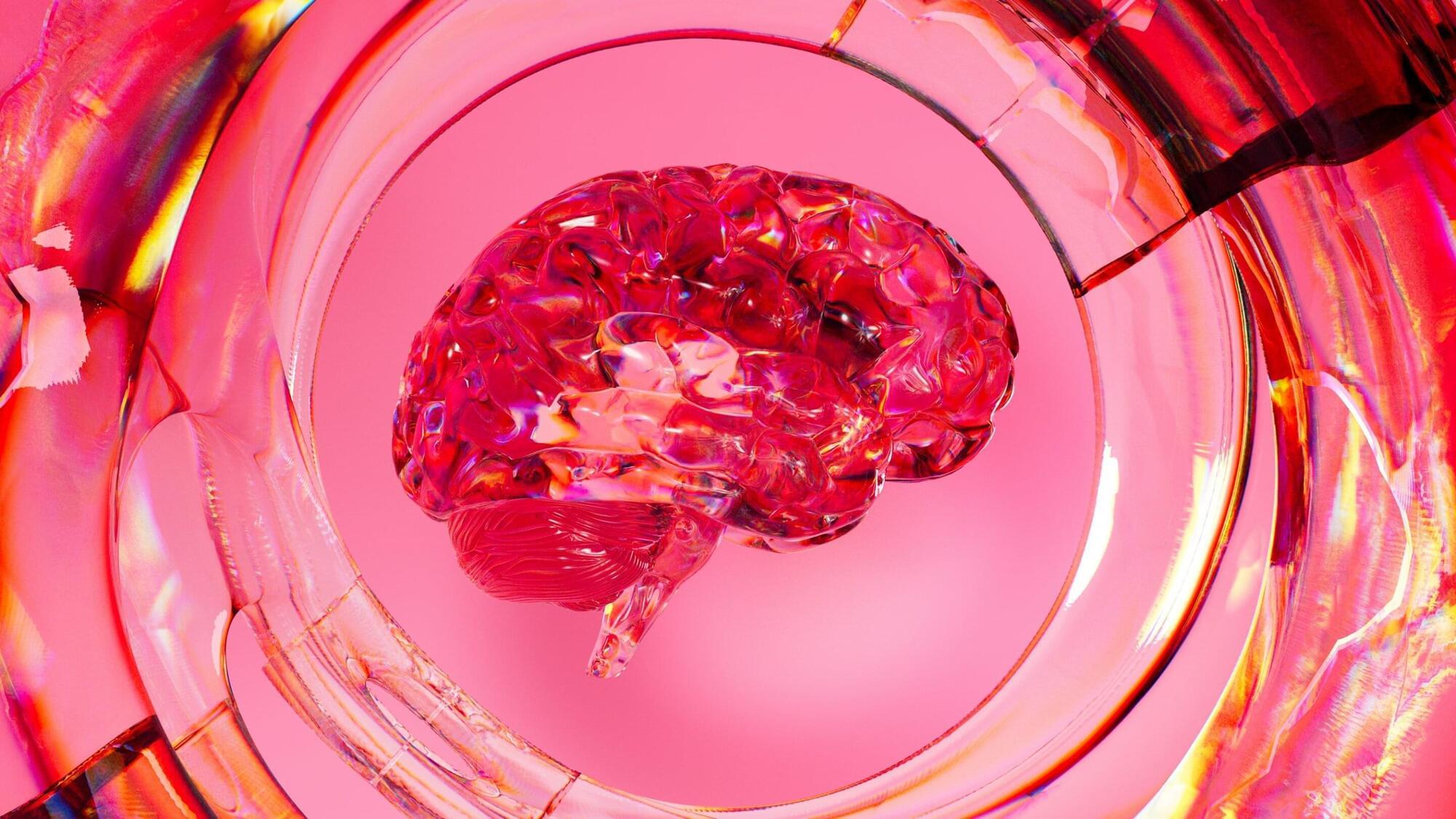
Depression is one of the most widespread mental health disorders worldwide, characterized by persistent feelings of sadness, a loss of interest in everyday activities, dysregulated sleep or eating patterns and other impairments. Some individuals diagnosed with depression also report being unable to pay attention during specific tasks, while also experiencing difficulties in planning and making decisions.
Recent studies have uncovered different biotypes of depression, subgroups of patients diagnosed with the condition that exhibit similar neural circuit patterns and behaviors. One of these subtypes is the so-called “cognitive biotype,” which is linked to a reduced ability to focus attention and inhibit distractions or unhelpful thinking patterns.
Researchers at Stanford University School of Medicine and the VA Palo Alto Health Care System recently carried out a study assessing the potential of guanfacine immediate release (GIR), a medication targeting neural processes known to be impaired in people with the cognitive biotype of depression.
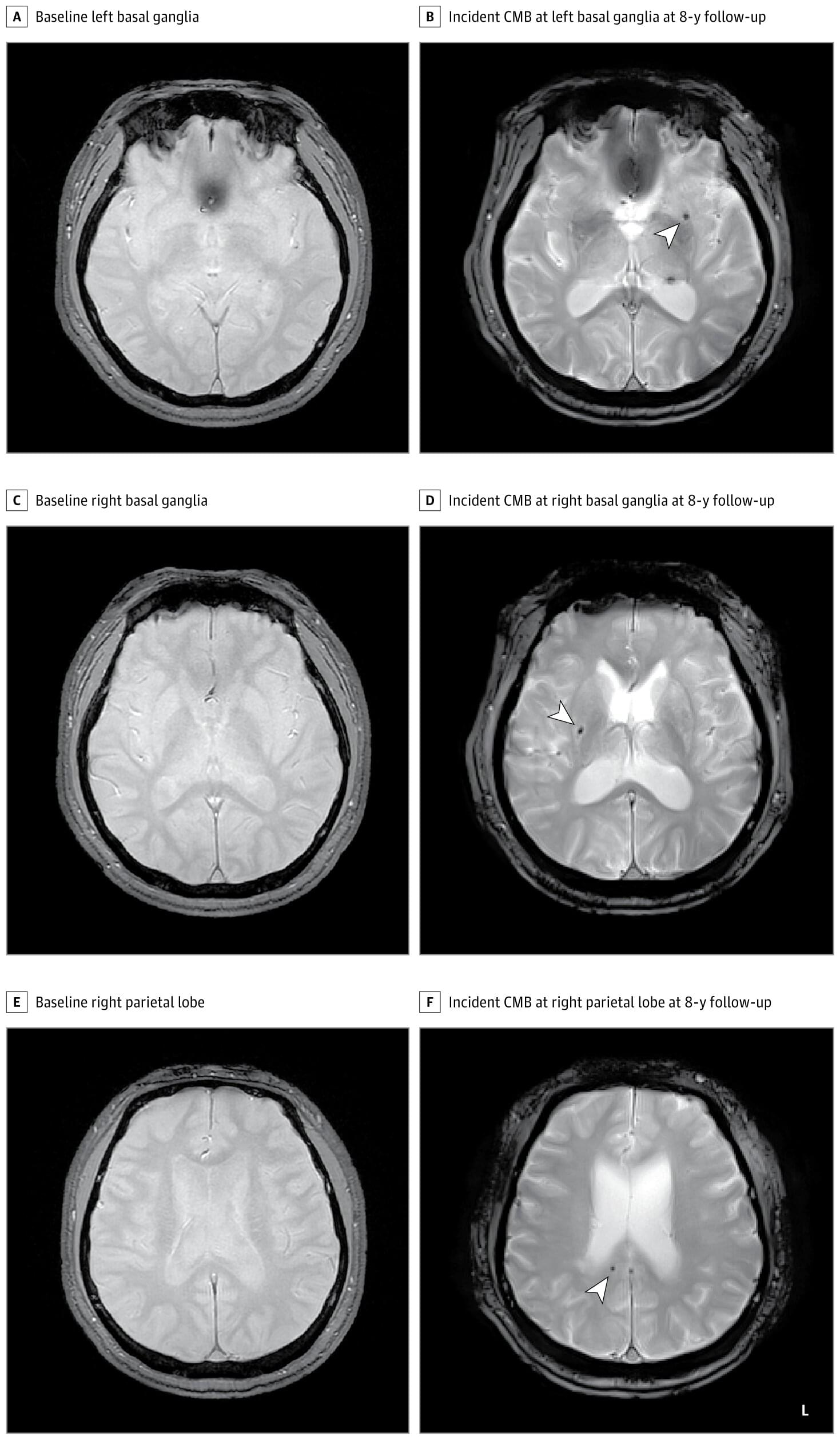
Research led by Korea University Ansan Hospital reports finding an association between moderate to severe obstructive sleep apnea and increased risk of cerebral microbleeds.
Cerebral microbleeds appear as small lesions on MRI scans and are regarded as early markers of brain damage. Links with symptomatic stroke and dementia have been well documented, with prevalence ranging from 3% in middle age to 23% in older adults.
Known modifiable factors include smoking, hypertension, dyslipidemia, diabetes, and cardiocerebrovascular disease. Previous studies probing sleep apnea and microbleeds have yielded mixed results, suggesting the need for more comprehensive study.

Beyond direct injuries, exposure to tropical cyclones is associated with higher risks of death across a range of causes including kidney, heart and lung diseases, neuropsychiatric conditions, and diabetes, finds a study published in The BMJ’s climate issue.
Risks were substantially higher in deprived communities and areas that have previously experienced fewer tropical cyclones, suggesting an urgent need to integrate more evidence on tropical cyclone activity into disaster response plans, say the authors.
Tropical cyclones are one of the most devastating and costly extreme weather events, affecting an average of 20.4 million people a year with direct economic losses of US$51.5 billion over the past decade.
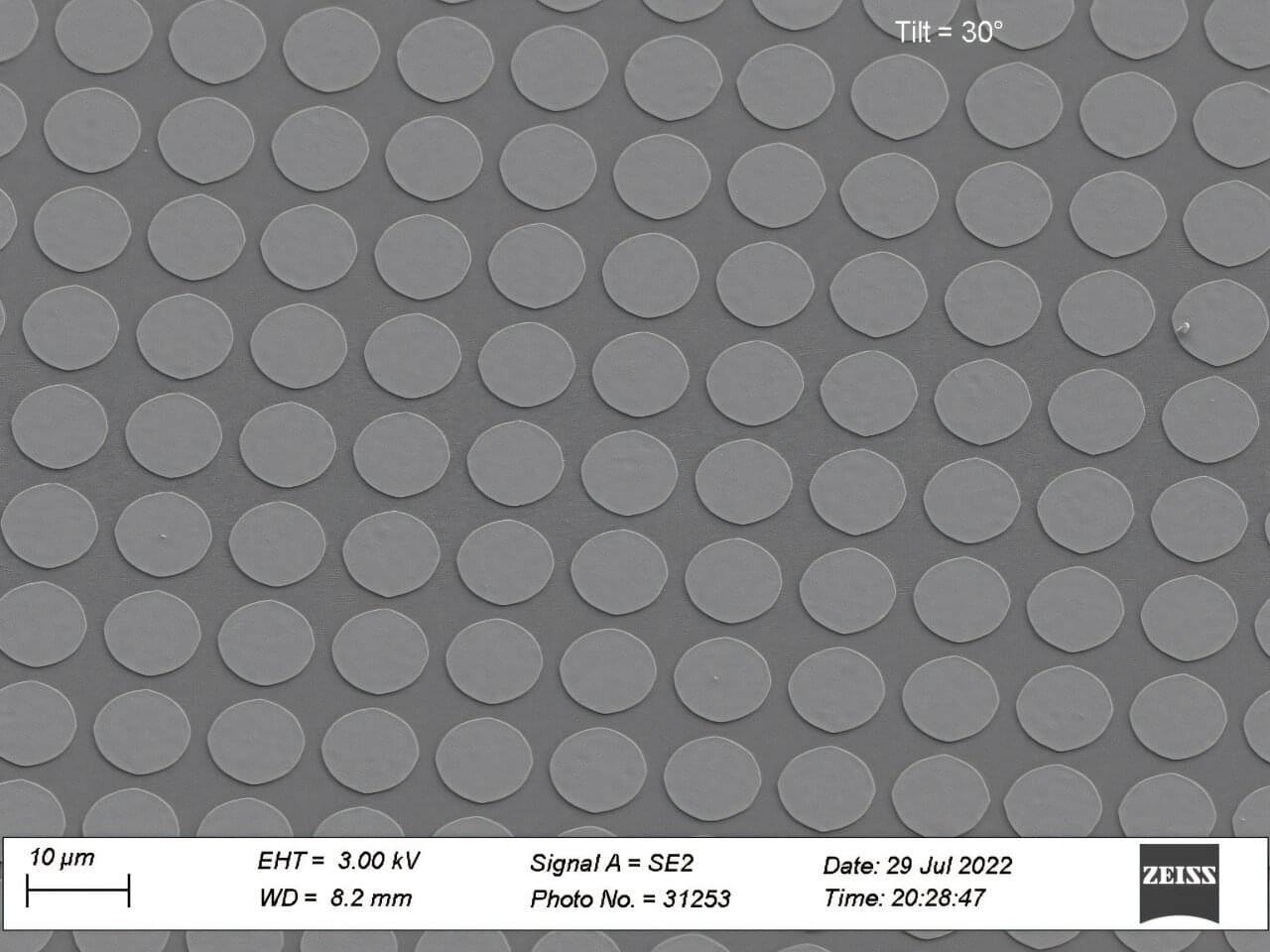
What if clinicians could place tiny electronic chips in the brain that electrically stimulate a precise target, through a simple injection in the arm? This may someday help treat deadly or debilitating brain diseases, while eliminating surgery-related risks and costs.
MIT researchers have taken a major step toward making this scenario a reality. They developed microscopic, wireless bioelectronics that could travel through the body’s circulatory system and autonomously self-implant in a target region of the brain, where they would provide focused treatment.
In a study on mice, the researchers showed that after injection, these minuscule implants can identify and travel to a specific brain region without the need for human guidance. Once there, they can be wirelessly powered to provide electrical stimulation to the precise area. Such stimulation, known as neuromodulation, has shown promise as a way to treat brain tumors and diseases like Alzheimer’s and multiple sclerosis.

Revvity’s Dharmacon All-in-one lentiviral platform has expanded to include whole-genome library options for CRISPR knockout (CRISPRko), CRISPR interference (CRISPRi), and CRISPR activation (CRISPRa). Like the individual All-in-one reagents, the whole-genome libraries utilize a single vector lentiviral system with all components necessary for CRISPRko, CRISPRa, and CRISPRi whole-genome pooled screening.
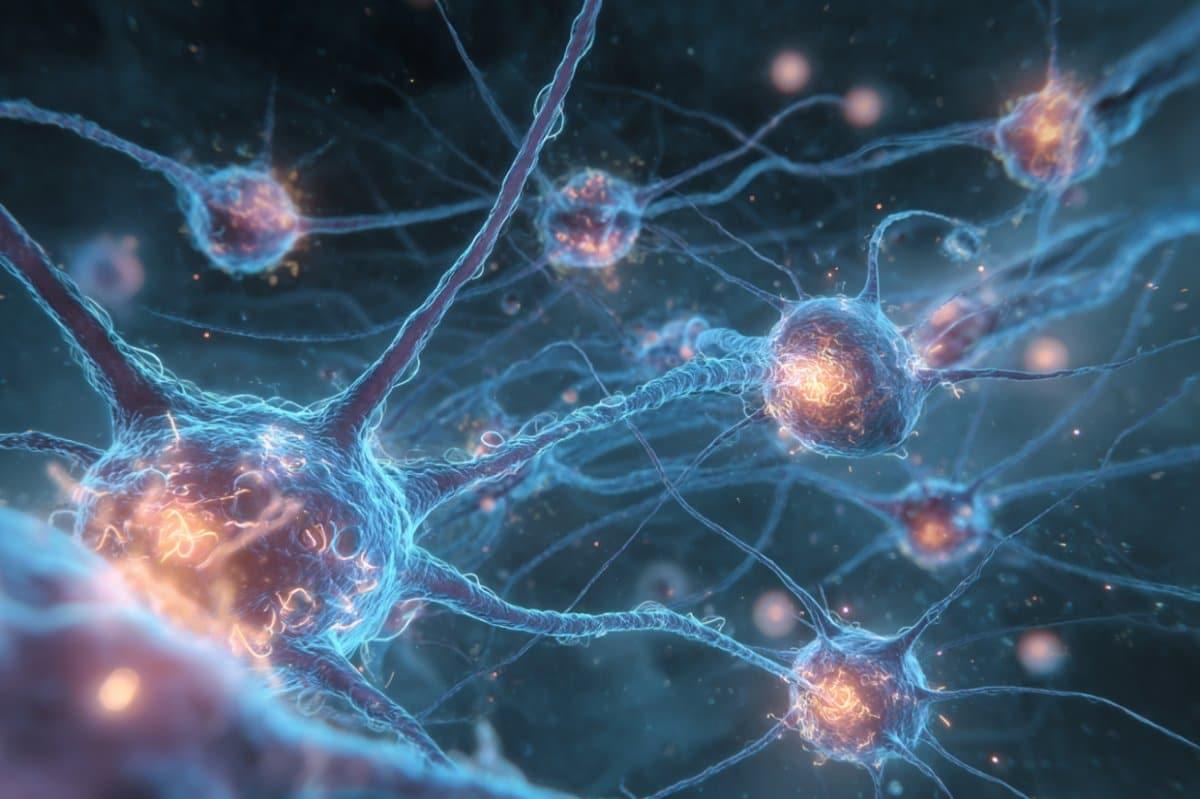
Motorized AI webcam makes life feel dynamic again.
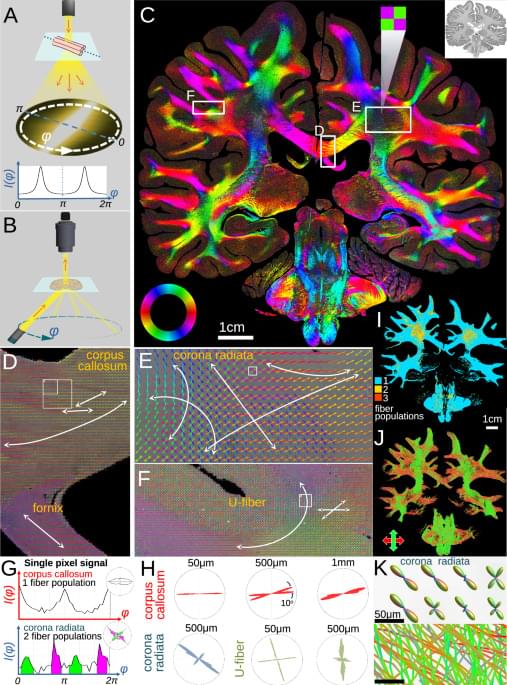
To understand brain diseases, neuroscientists try to understand the intricate maze of nerve fibers in our brains. For analysis under a microscope, brain tissue is often immersed in paraffin wax to create high-quality slices. But until now, it has been impossible to precisely trace the densely packed nerves in these slices. Researchers from Delft, Stanford, Jülich, and Rotterdam have achieved a milestone: using the ComSLI technique, they can now map the fibers in any tissue sample with micrometer precision. The research is published in Nature Communications.
Micron-resolution fiber mapping in histology independent of sample preparation.
Georgiadis and colleagues conduct micron-resolution fibre mapping on multiple histological tissue sections. Their light-scattering technique works across different sample preparations and tissue types, including formalin-fixed paraffin-embedded brain sections.